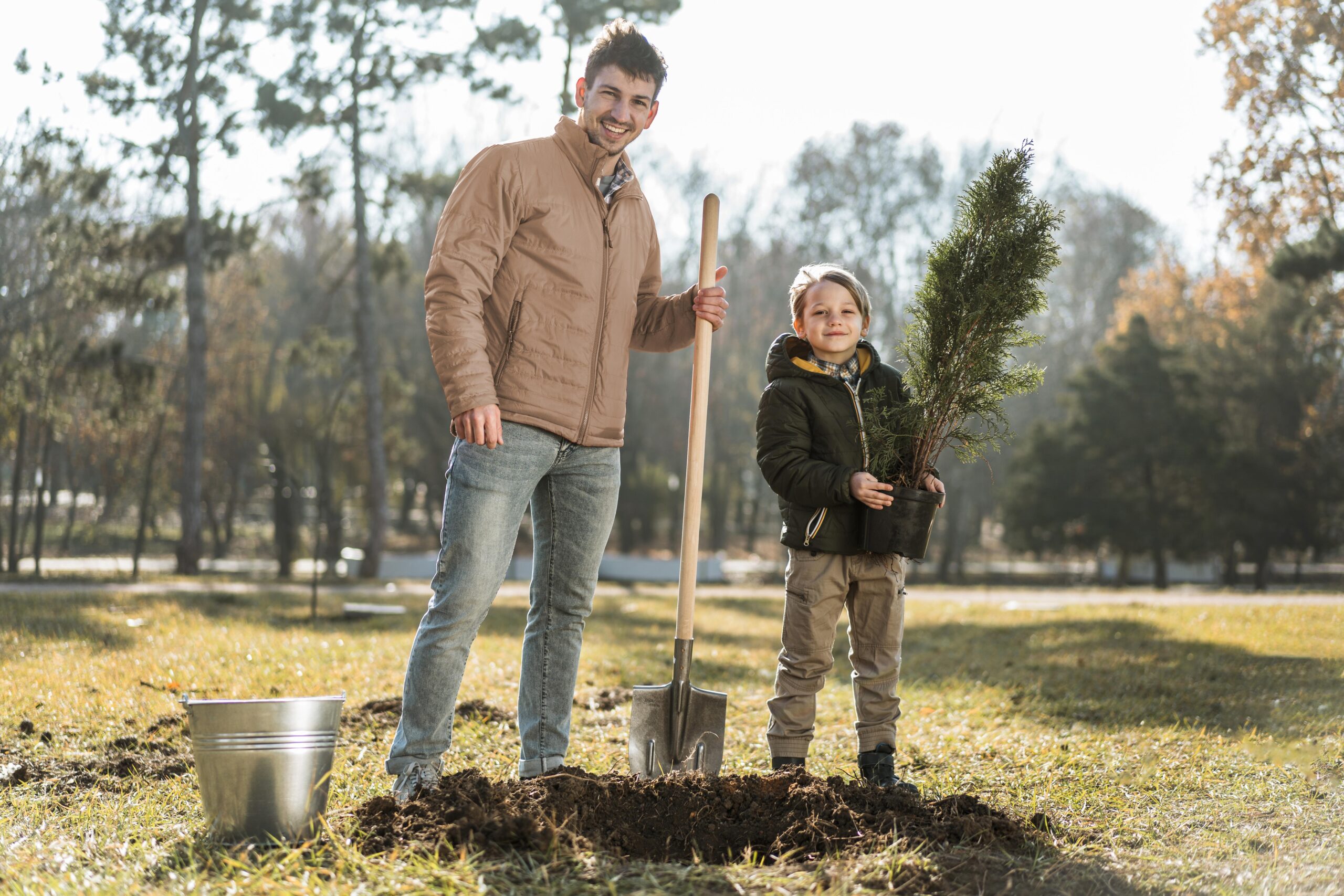After You Buy Trees in Glenview: How to Plant for Long-Term Success
Buying new trees adds shade, color, and beauty to your yard, but success depends on proper planting and care. If...

Buying new trees adds shade, color, and beauty to your yard, but success depends on proper planting and care. If your trees came from a tree farm in Glenview, they’re likely healthy. Follow these simple steps to plant them correctly and help them grow strong for years to come.
Step 1: Prepare your planting site
Before you start digging, take a few minutes to plan. Look at where you want each tree to go and think about sunlight, spacing, and nearby structures. Trees need room to grow both above and below ground.
Make sure the location fits the tree’s mature size. A maple or oak will eventually spread wide, while a serviceberry or redbud stays compact. Good air circulation prevents disease, and space allows roots to develop properly.
If you are new to tree planting in Glenview, remember that soil preparation matters. Many areas here have heavy clay soil that holds water. You can improve drainage by loosening the soil and mixing in compost or organic material before planting.
Step 2: Handle your trees carefully
When your trees arrive, check their condition right away. The root ball should be firm and moist, not dry or broken. Keep it shaded until you are ready to plant, and avoid lifting the tree by its trunk. Always support it from underneath the root ball to prevent damage.
If your tree came from a tree farm in Glenview, it was likely balled and burlapped or container-grown. Both types require careful handling. Balled and burlapped trees should stay wrapped until they are placed in the hole, while potted trees need the container entirely removed before planting.
Step 3: Dig the right hole
A sound planting hole is wide but not too deep. It should be two to three times wider than the root ball and just deep enough so the top of the roots sit slightly above ground level.
Digging too deep is a common mistake. When a tree settles too low, water can pool around the trunk, causing rot. Keeping the root flare (where the trunk widens at the base) visible helps prevent these issues. Break up the soil around the edges of the hole so roots can expand easily.
Step 4: Position the tree
Place the tree in the center of the hole and turn it so its best side faces the direction you want. Check that the trunk is straight before backfilling.
For burlapped trees, loosen the burlap and cut away any wires or twine after the tree is in the hole. These materials can restrict root growth if left behind. For container-grown trees, gently loosen circling roots to encourage them to grow outward.
Once positioned, start backfilling with the soil you removed earlier. Use your hands to pack the soil lightly as you go to remove air pockets but avoid pressing it too firmly.
Step 5: Water deeply and mulch
Right after planting, water the tree slowly and deeply. This helps settle the soil around the roots and removes remaining air gaps. A deep soak is better than frequent shallow watering because it encourages roots to grow downward.
Add a two to three-inch layer of mulch around the base of the tree, keeping it a few inches away from the trunk. Mulch helps keep moisture in, moderates soil temperature, and prevents weeds.
Consistent watering is crucial during the first year. Trees need about one inch of water per week from rain or irrigation. During dry spells, increase watering to twice a week.
Step 6: Support and protect your tree
Staking can help stabilize young trees, especially in windy spots. Use soft ties or straps to secure the tree loosely to two stakes placed outside the root ball area. Avoid tying it tightly. The tree should move slightly in the wind to strengthen its trunk and roots.
Remove the stakes after one growing season, or sooner if the tree has stabilized. Protect the trunk from lawn equipment by keeping a mulch ring around the base and trimming grass by hand near the tree.
Conclusion
Planting a tree is a lasting investment in your home and environment. With proper care, it brings shade, beauty, and cleaner air for decades. Careful preparation, gentle handling, and consistent watering are key. Successful tree planting in Glenview ensures your new tree thrives and becomes a lasting part of the community’s green landscape.







